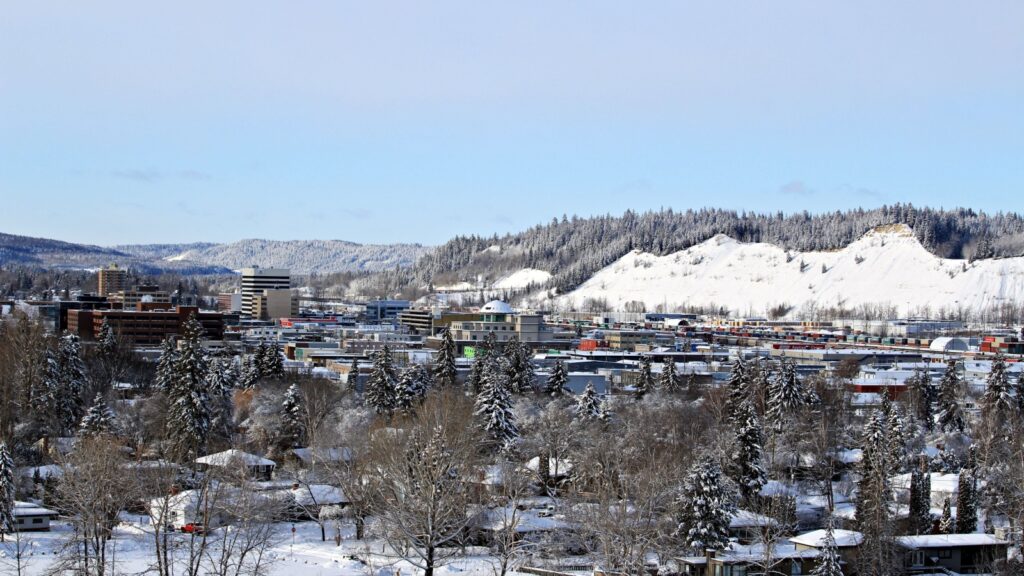Canada’s future is happening right now in cities that are taking bold action across tech, housing, climate, and culture. Urban centers in the country aren’t just keeping up with the times, but they are also setting the pace. From green infrastructure to groundbreaking AI hubs, they’re building the next chapter of Canada’s identity. Here are 19 Canadian cities that will define the next 10 years:
Waterloo, Ontario
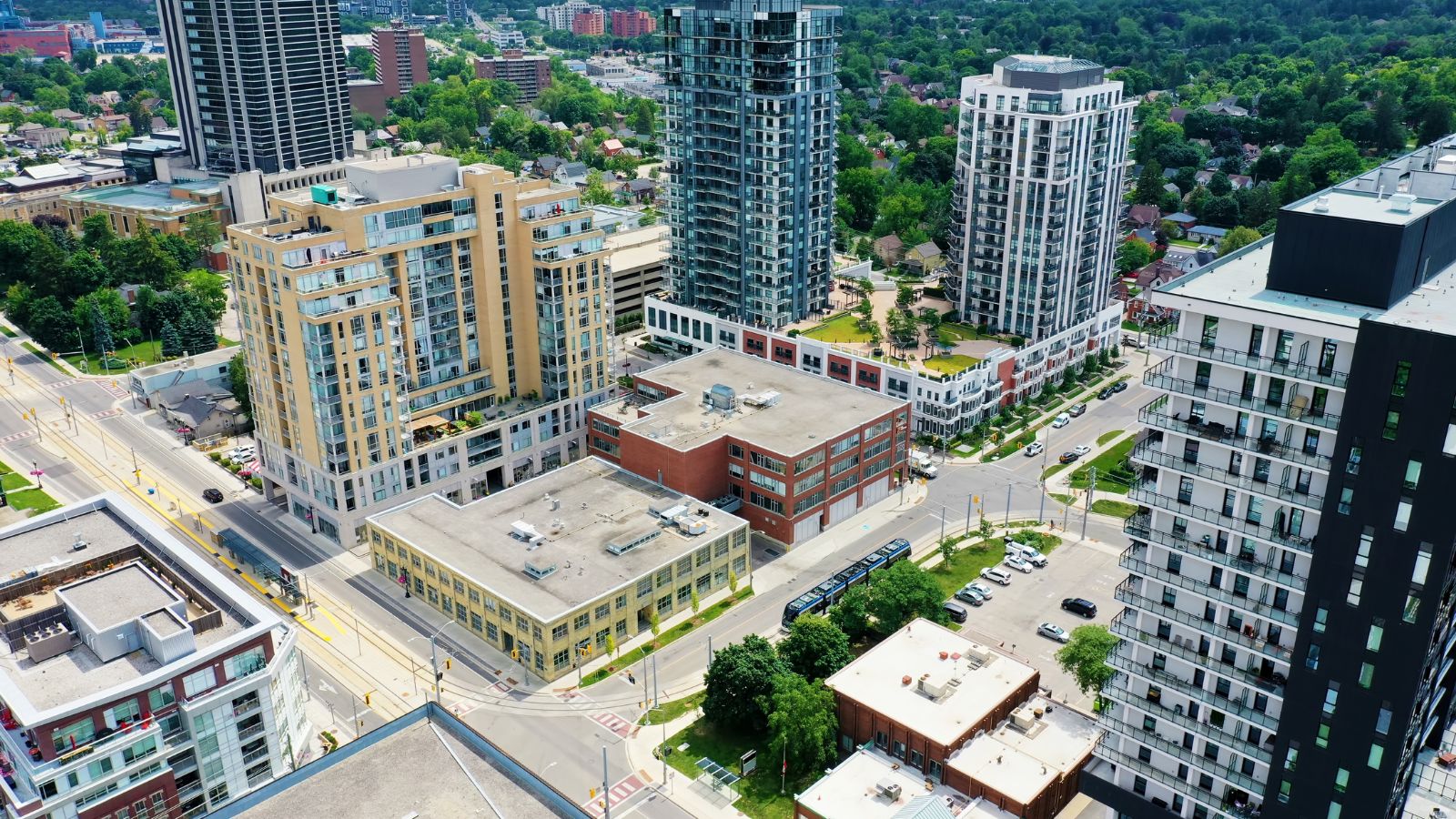
Waterloo’s reputation as a tech hub is only intensifying. It is home to Canada’s top-ranked computer science programs and the headquarters of dozens of AI and quantum computing startups, and it is rapidly becoming one of the world’s most exciting places for emerging technology. Companies like OpenText and ApplyBoard are growing global footprints, while the University of Waterloo’s research continues to drive innovation. With a dynamic startup scene and strong public-private collaboration, Waterloo is influencing Canada’s future and helping define what’s next for the world in data science, cybersecurity, and automation.
Surrey, British Columbia

Once overshadowed by Vancouver, Surrey is now Canada’s fastest-growing major city, and it is planning accordingly. With major investments in green transit, healthcare infrastructure, and inclusive urban design, Surrey is setting the tone for next-generation suburban development. The city’s ambitious smart city strategies include widespread fiber connectivity, energy-efficient buildings, and a strong commitment to cultural diversity. As young families and businesses look east from Vancouver, Surrey is positioning itself as the blueprint for how to grow a large city sustainably, without losing its community roots.
Halifax, Nova Scotia
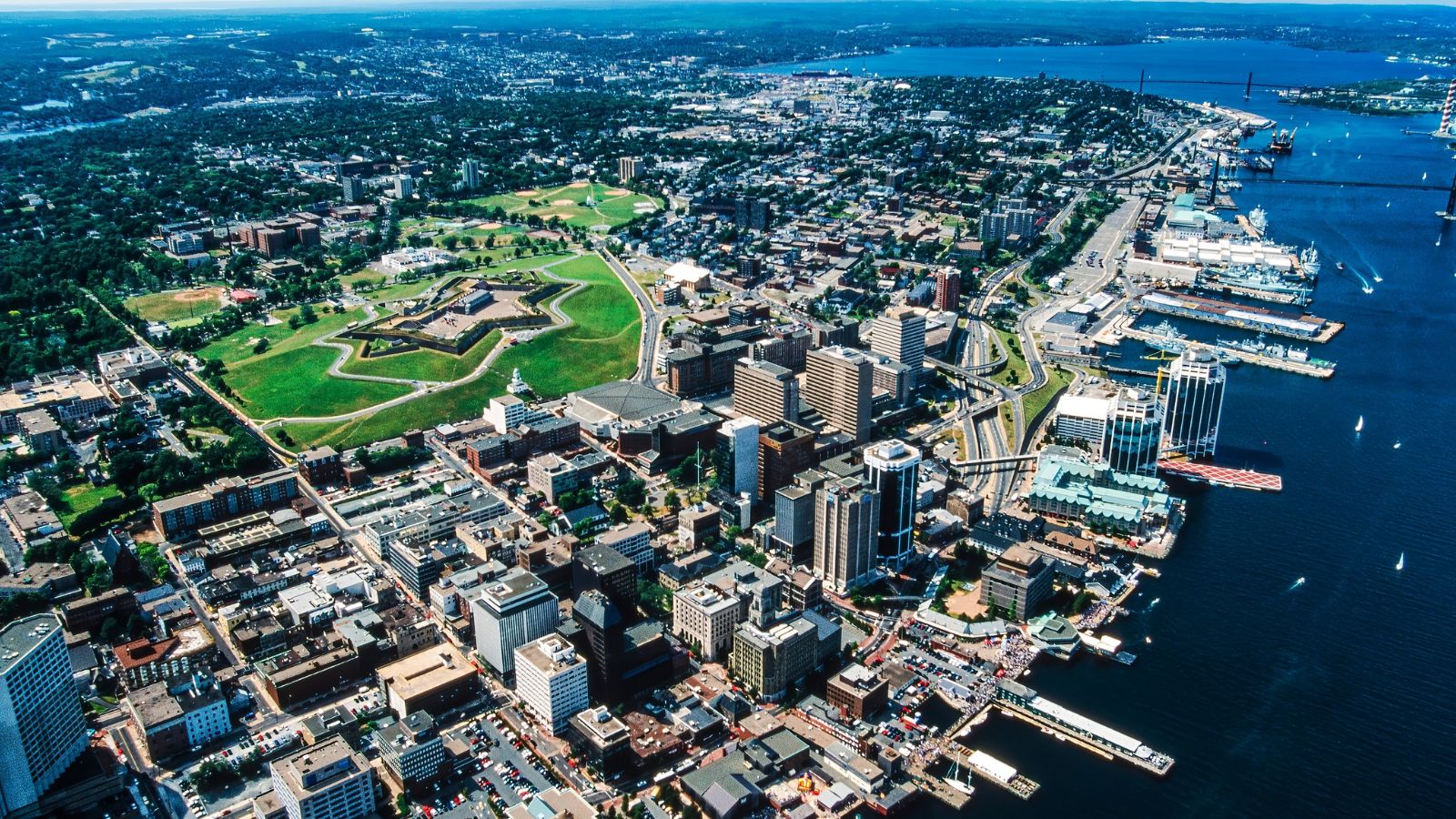
Halifax is transforming into the East Coast’s innovation powerhouse. With a booming population, a thriving startup scene, and major growth in sectors like ocean tech, clean energy, and cybersecurity, the city is no longer just a maritime outpost. It is also becoming a magnet for talent, drawing newcomers from across Canada and the globe, while Dalhousie University and Nova Scotia Community College are fueling the workforce. The revitalized neighborhoods like the North End are blending historic charm with modern livability, as Halifax is proving that the future doesn’t just belong to the big three metros.
Calgary, Alberta
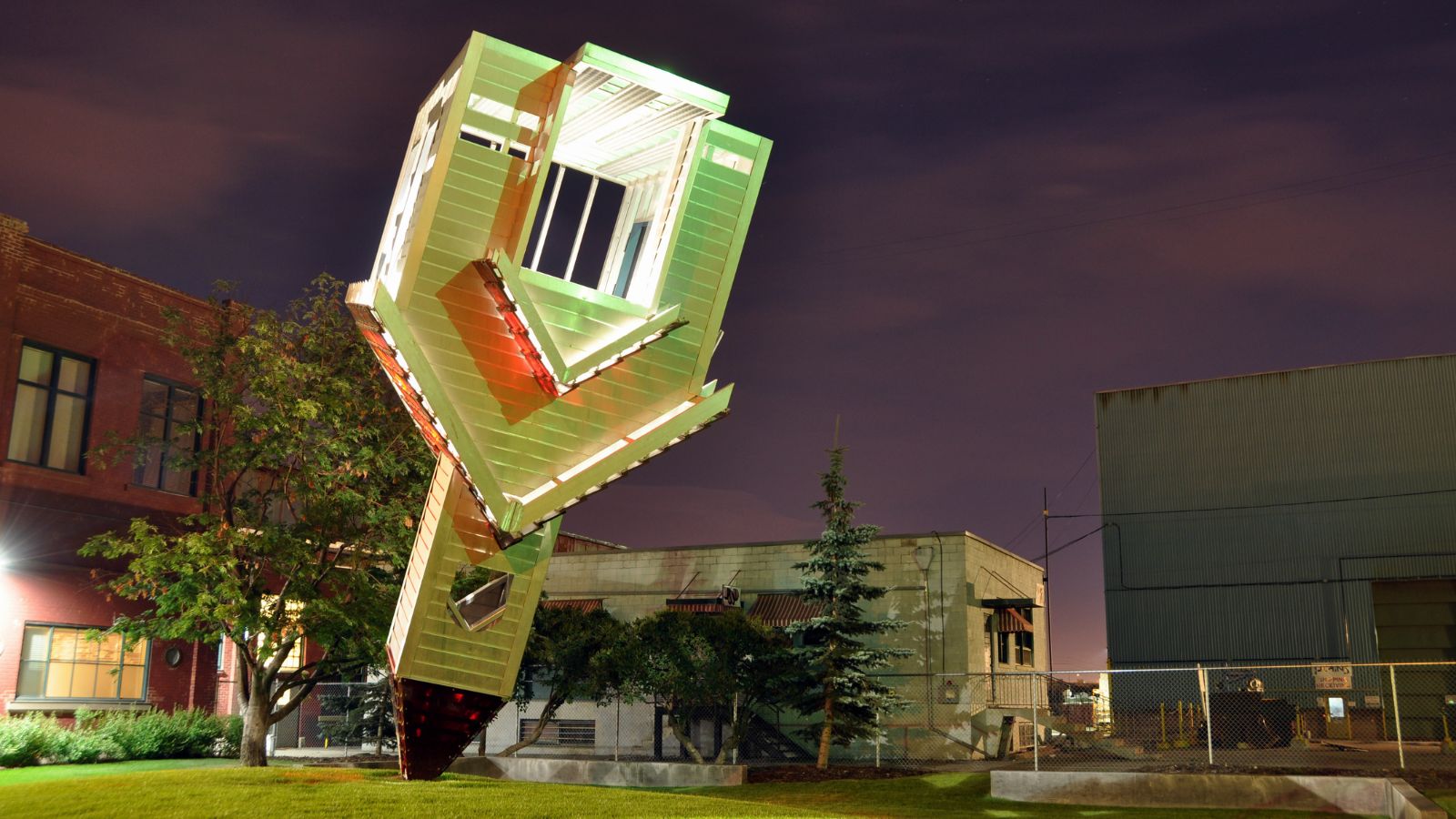
Calgary is rewriting its narrative from oil capital to tech titan. With massive investments in clean energy, agtech, and digital startups, the city is diversifying faster than many expected. Its downtown core is being reimagined with innovation hubs like Platform Calgary and post-secondary expansions, while its livability continues to attract young professionals and immigrants. Calgary’s strong entrepreneurial spirit is now aligned with future-facing industries, making it a city to watch not just in Alberta, but globally, and the next decade could see it lead the charge in Canada’s economic reinvention.
Guelph, Ontario
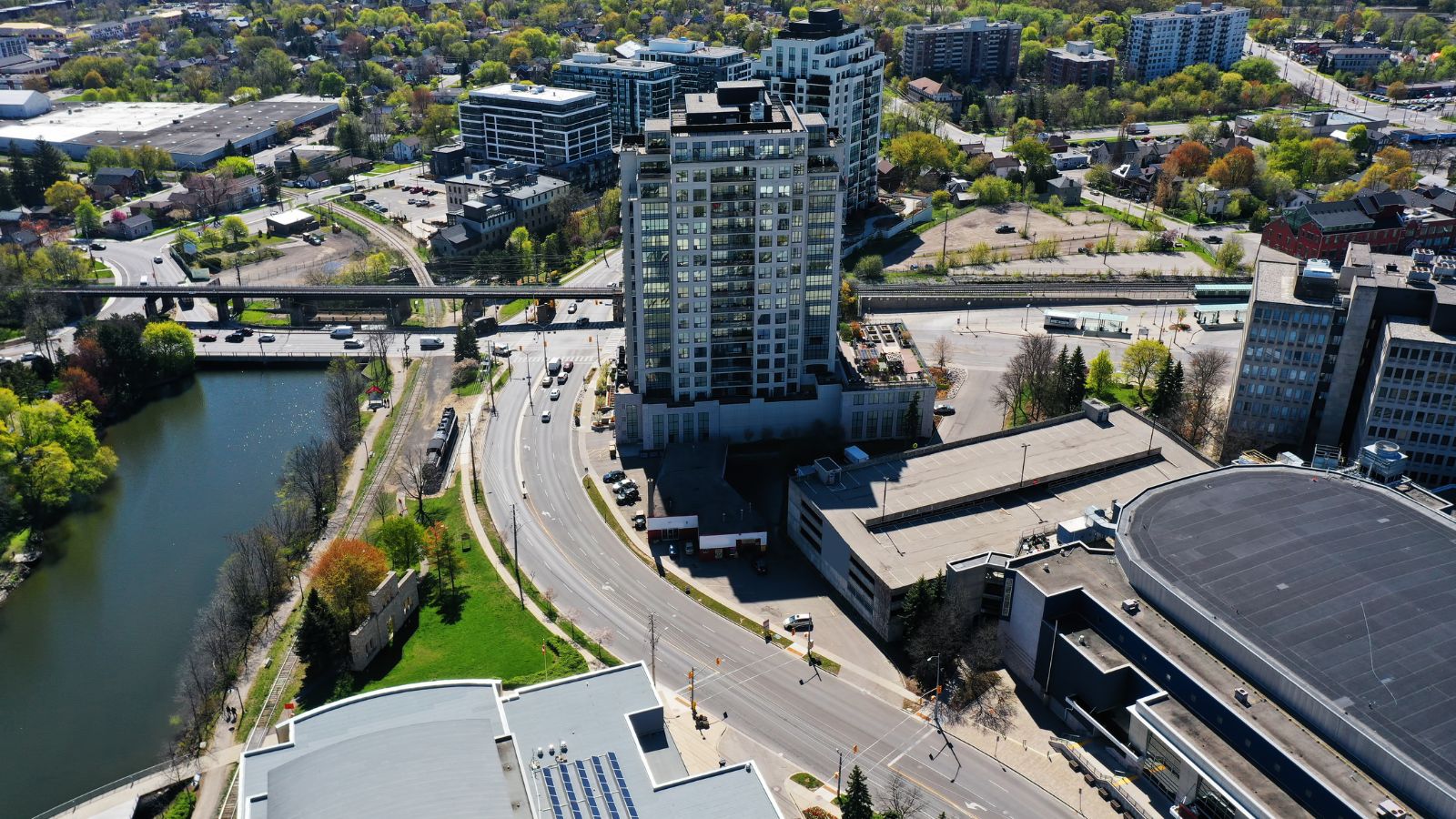
Known for its environmental consciousness and research-driven innovation, Guelph is poised to lead in food sustainability and circular economies. The city has been testing community-wide approaches to zero waste and local food systems that are drawing attention across North America. With the University of Guelph’s world-class agricultural research, the city is helping pioneer solutions to global food security challenges. Guelph’s small size hasn’t limited its impact, and in fact, it has been an advantage. The city’s ability to implement and scale sustainable practices makes it a quiet but powerful force in Canada’s next chapter.
Winnipeg, Manitoba
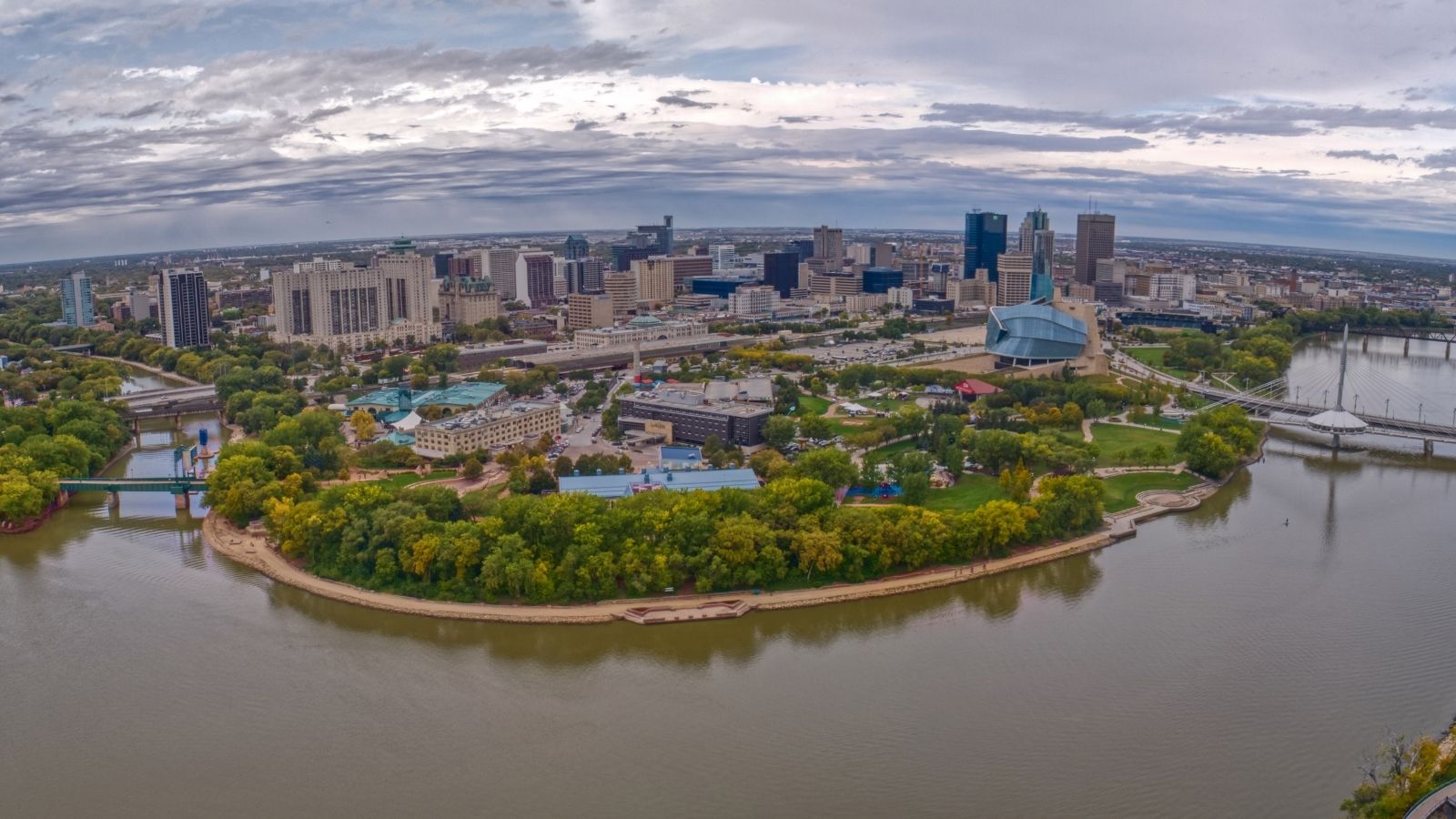
Winnipeg is embracing its central location to become a logistics, tech, and cultural hub. The city is investing heavily in digital infrastructure and renewable energy, while Indigenous-led businesses and organizations are shaping a more inclusive future. With institutions like the Canadian Museum for Human Rights and an expanding arts scene, Winnipeg is building cultural capital alongside economic clout. It is also becoming a magnet for immigrants and students, fueling a diverse and youthful energy.
Montréal, Quebec
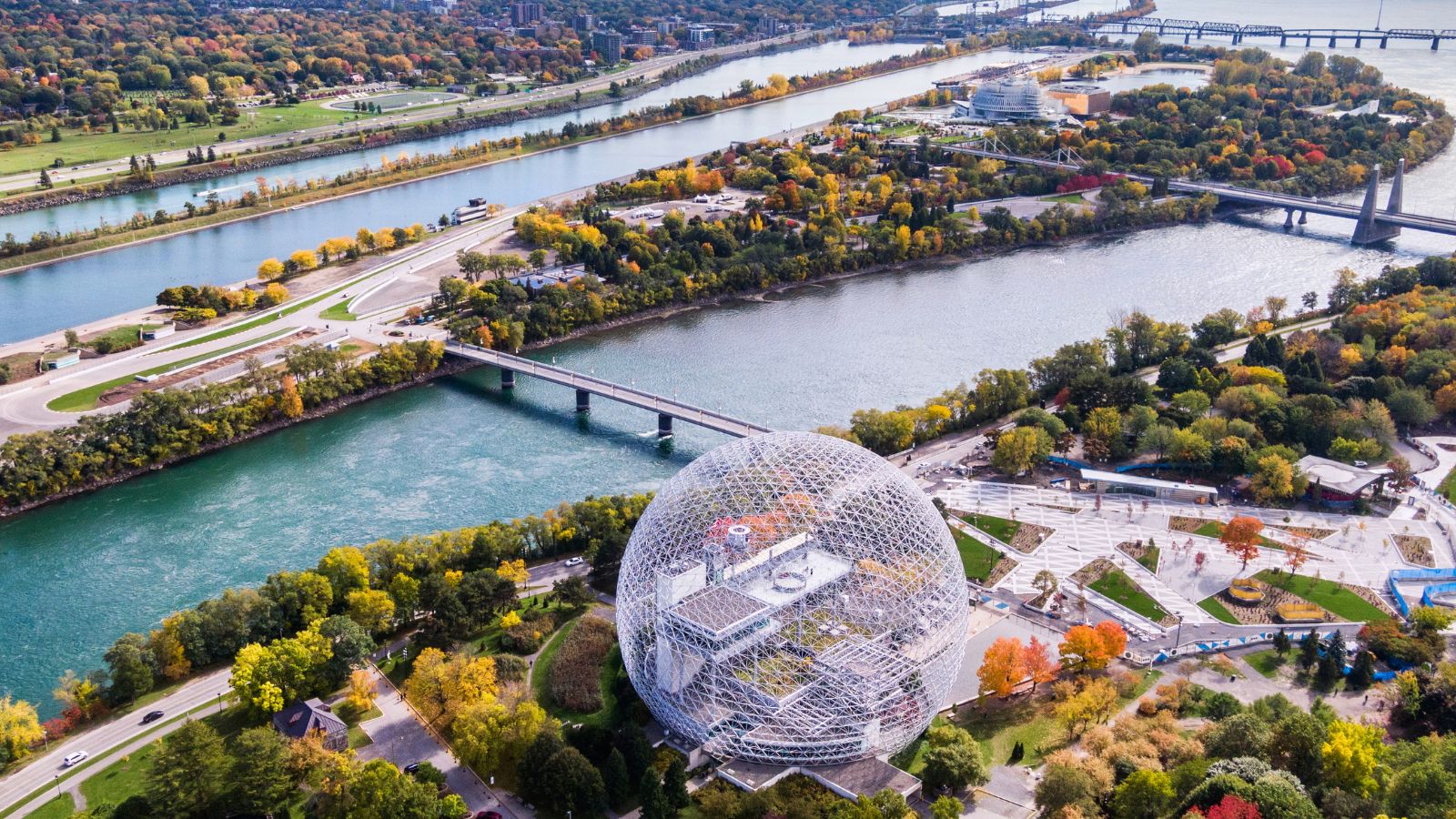
Montréal continues to push boundaries in artificial intelligence, aerospace, and sustainable mobility. With research centers like Mila and companies like CAE and Bombardier investing in next-gen tech, the city is redefining innovation on its terms. Montréal’s bold climate policies, such as its zero-emission public transit goals and green building incentives, are earning global praise. Being culturally vibrant and socially progressive, it is proving that big cities can be both cutting-edge and community-oriented. As the city balances historic charm with forward-thinking change, it is clear Montréal will remain one of Canada’s most influential players well into the next decade.
Charlottetown, Prince Edward Island
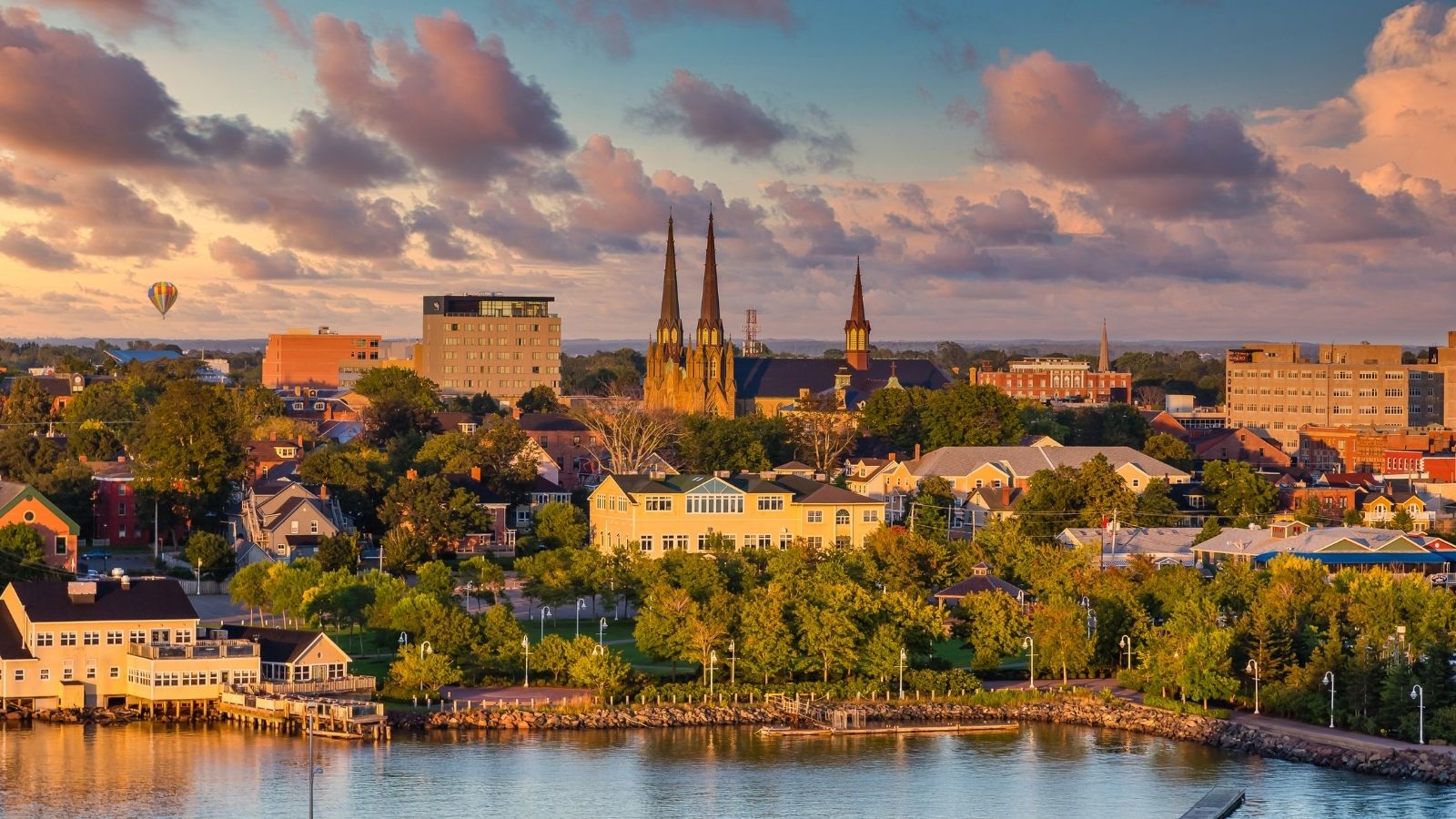
Charlottetown is proving that even small cities can think big. Its growing biotech and health sciences sectors are turning heads, thanks in part to the University of Prince Edward Island’s research facilities and Canada’s Food Island brand. The city is also investing in green infrastructure and clean tech, positioning itself as a leader in sustainable island living. With affordable housing, a high quality of life, and a surge in remote workers relocating for balance, Charlottetown is a model of how smaller urban centers can punch above their weight in Canada’s future economy.
Toronto, Ontario

Toronto remains Canada’s most globally connected city, and it is not slowing down. As the country’s financial and tech capital, it is attracting some of the world’s top talent in AI, fintech, and biotech. Projects like Sidewalk Labs may have ended, but the city learned from them and is now shaping smarter, more inclusive urban design. With massive transit expansions, climate-forward policies, and continued immigration driving its population growth, Toronto is poised to lead nationally and internationally. Despite its size, it’s still innovating, as it knows that it has to evolve to stay on top.
Victoria, British Columbia
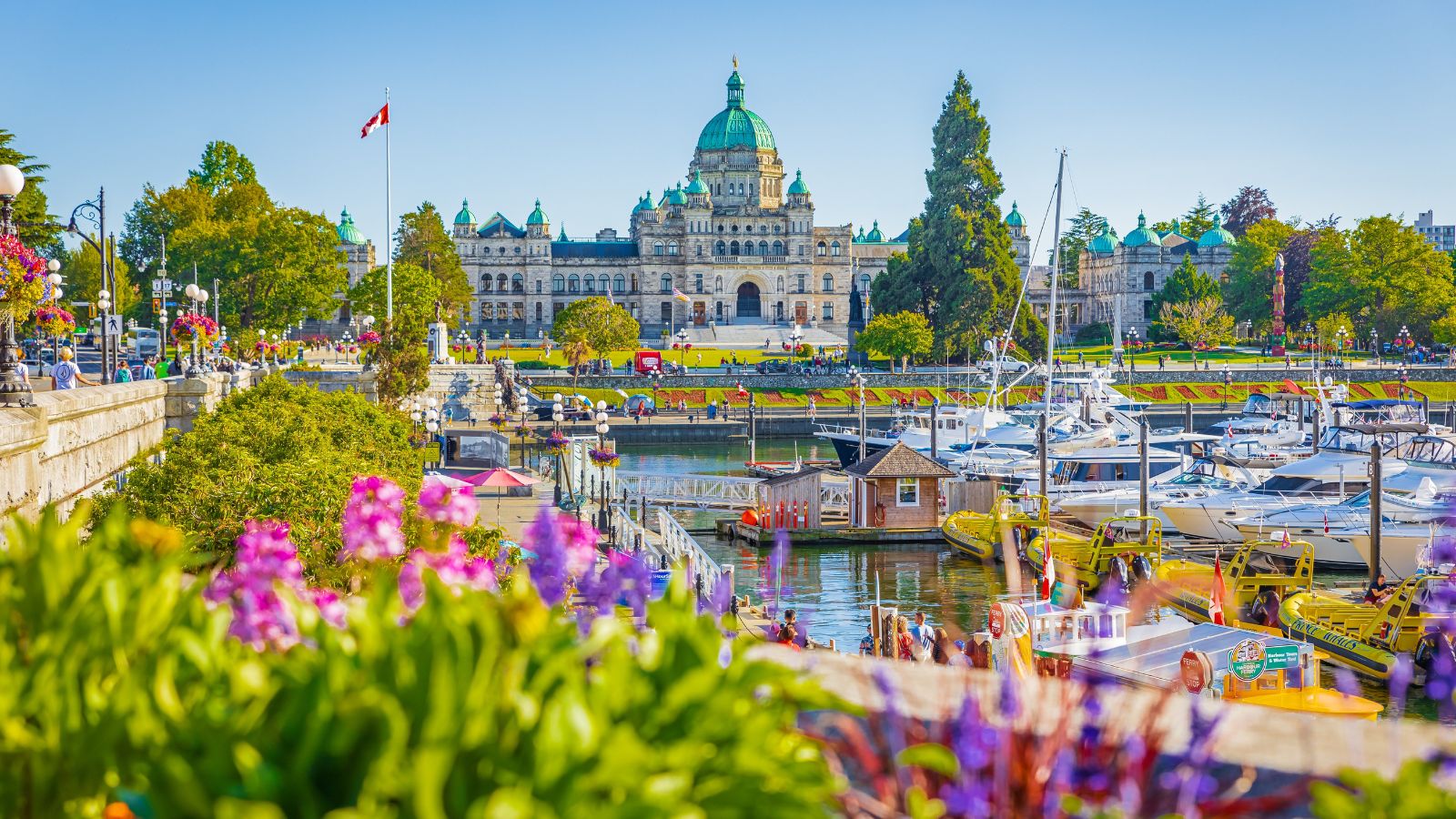
Victoria is redefining urban livability with a strong commitment to climate resilience and mental wellness. As one of the first Canadian cities to declare a climate emergency, it is now delivering with walkable neighborhoods, car-free zones, and a booming green tech sector. Its aging population is also pushing innovation in senior care, wellness tourism, and accessibility design, which are sectors the whole world will soon prioritize. Victoria’s blend of history, tech-savviness, and lifestyle appeal is a blueprint for mid-sized cities everywhere. In the next decade, it may quietly become one of Canada’s most forward-thinking capitals.
St. John’s, Newfoundland and Labrador
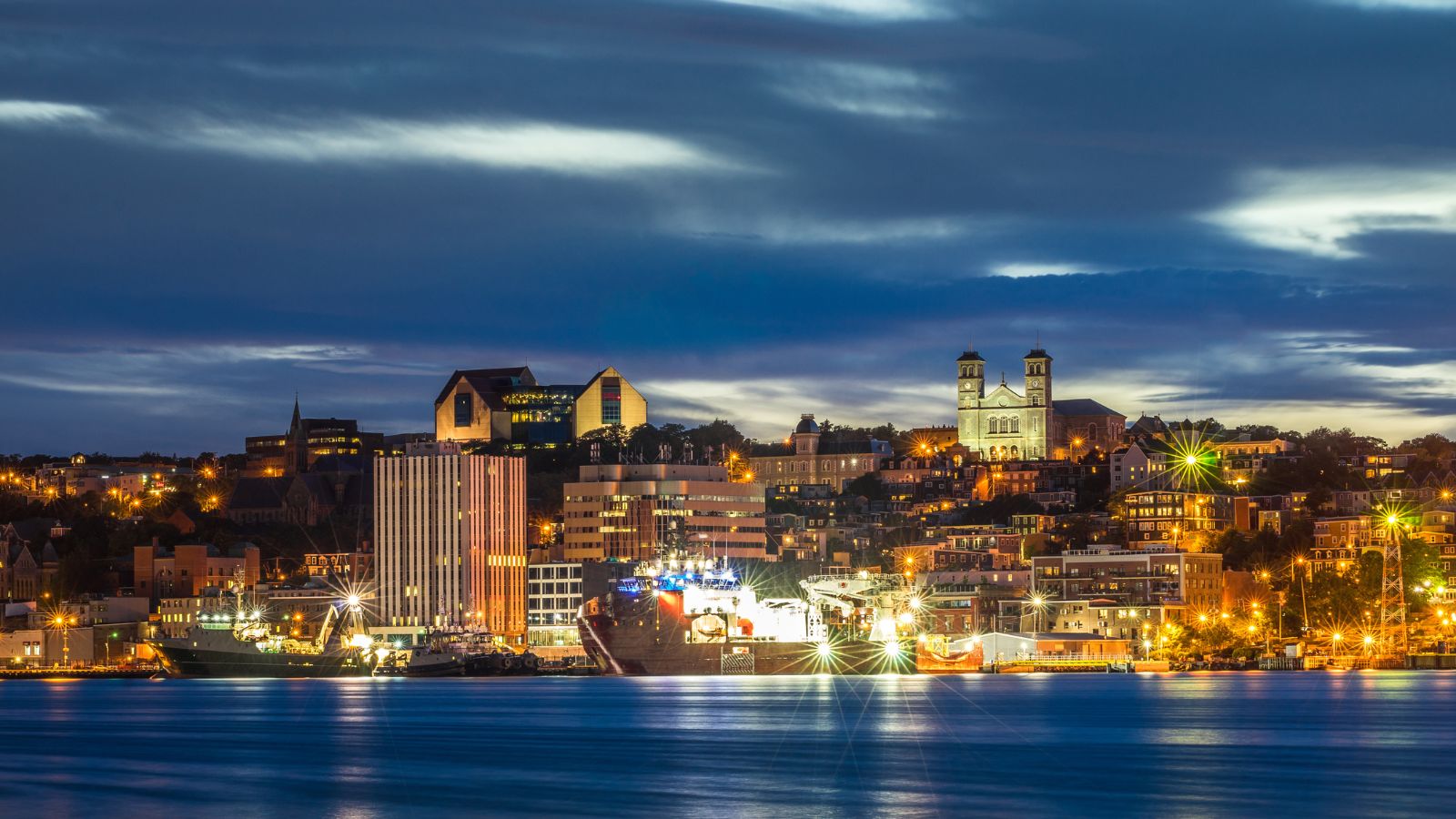
St. John’s is turning geographic isolation into a strategic advantage. As one of North America’s closest points to Europe, the city is attracting attention for its emerging tech startups, ocean sciences, and marine innovation. Memorial University continues to fuel research into cold-climate technology and offshore energy, while a growing arts and culture scene adds to its appeal. With strong Indigenous and community-led initiatives shaping sustainable development, St. John’s is rewriting its future.
Kitchener-Waterloo, Ontario
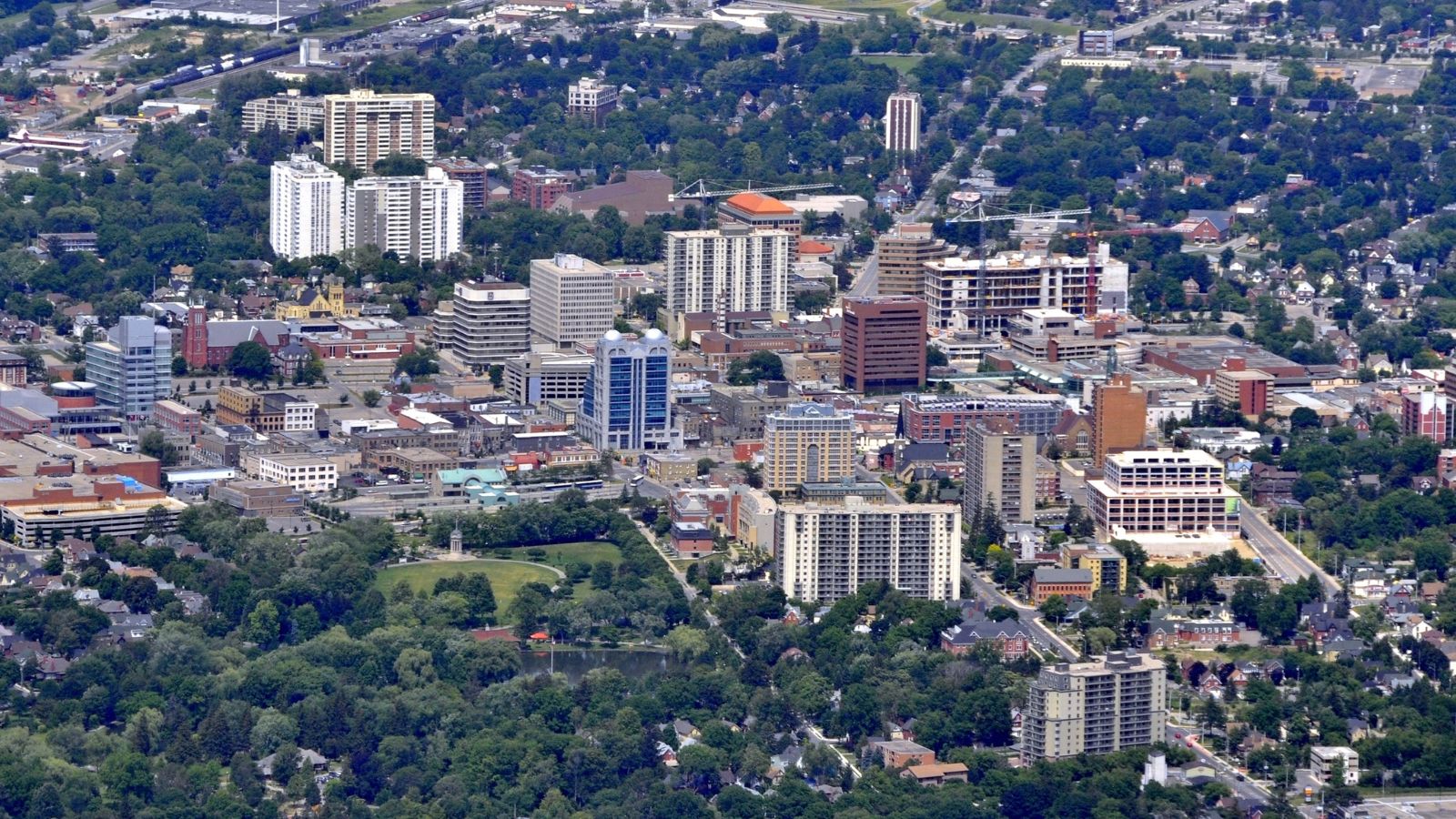
Kitchener-Waterloo is Canada’s tech playground and one of North America’s most promising innovation corridors. With the University of Waterloo and Wilfrid Laurier University at its core, the region is home to a constant flow of engineering, AI, and quantum computing talent. Startups here are scaling fast, and global firms like Google have taken notice. But the city isn’t all business, as it is doubling down on affordable housing, transit connectivity, and smart city design. As tech reshapes how we live and work, Kitchener-Waterloo is positioning itself to lead Canada into its next digital chapter.
Regina, Saskatchewan

Regina is quietly leading a new prairie revolution rooted in sustainability, agri-tech, and Indigenous entrepreneurship. Long known for its farming legacy, the city is modernizing agriculture with precision tech and carbon-smart practices. It is also growing as an energy transition hub, thanks to investments in renewables and biofuels, while its downtown revitalization efforts, coupled with inclusive urban design, are making it more livable than ever. With a population that is both youthful and increasingly diverse, Regina is evolving beyond its resource economy to become a resilient and forward-looking city over the next decade.
Red Deer, Alberta
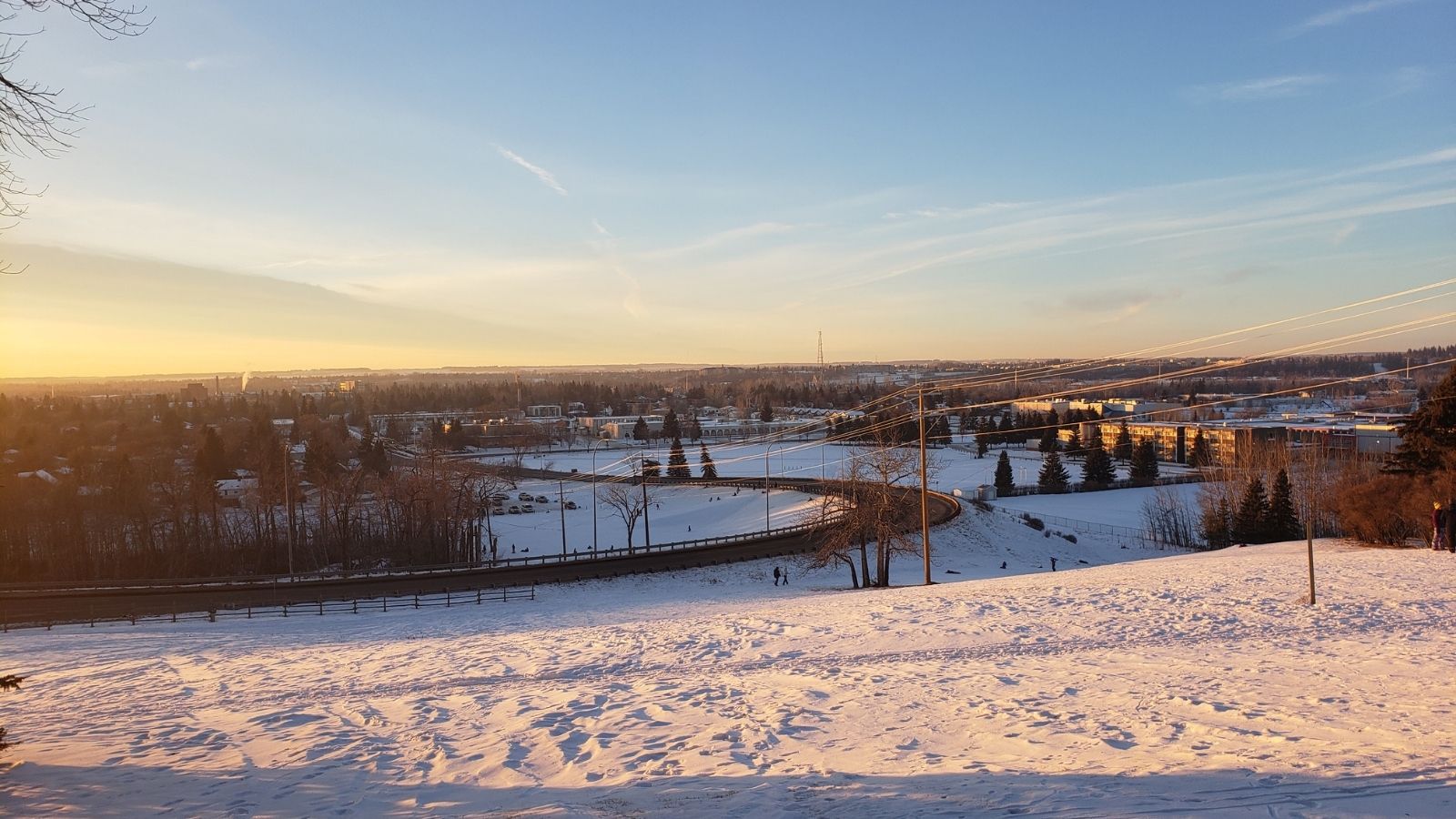
Situated between Edmonton and Calgary, Red Deer is stepping into the spotlight as a strategic growth corridor in Alberta. With its focus on diversifying beyond oil and gas, the city is investing in clean tech, healthcare expansion, and advanced manufacturing. Red Deer Polytechnic is becoming a key center for trades and innovation, fueling local entrepreneurship and job creation, while its small-town charm combined with big-city aspirations makes it attractive to both young families and remote workers. As Alberta repositions its economic future, Red Deer is carving out a leading role quietly, but with unmistakable momentum.
Whitehorse, Yukon

Whitehorse is quickly emerging as a northern frontier for climate adaptation and sustainable development. As Arctic conditions become central to global conversations, this capital city is investing in cold-climate tech, renewable energy, and Indigenous-led conservation. The city is also a magnet for adventurers, entrepreneurs, and digital nomads drawn by its lifestyle and affordability. With growing attention from researchers and international policymakers alike, Whitehorse is setting the tone for how small northern cities can thrive in a warming world.
Brantford, Ontario
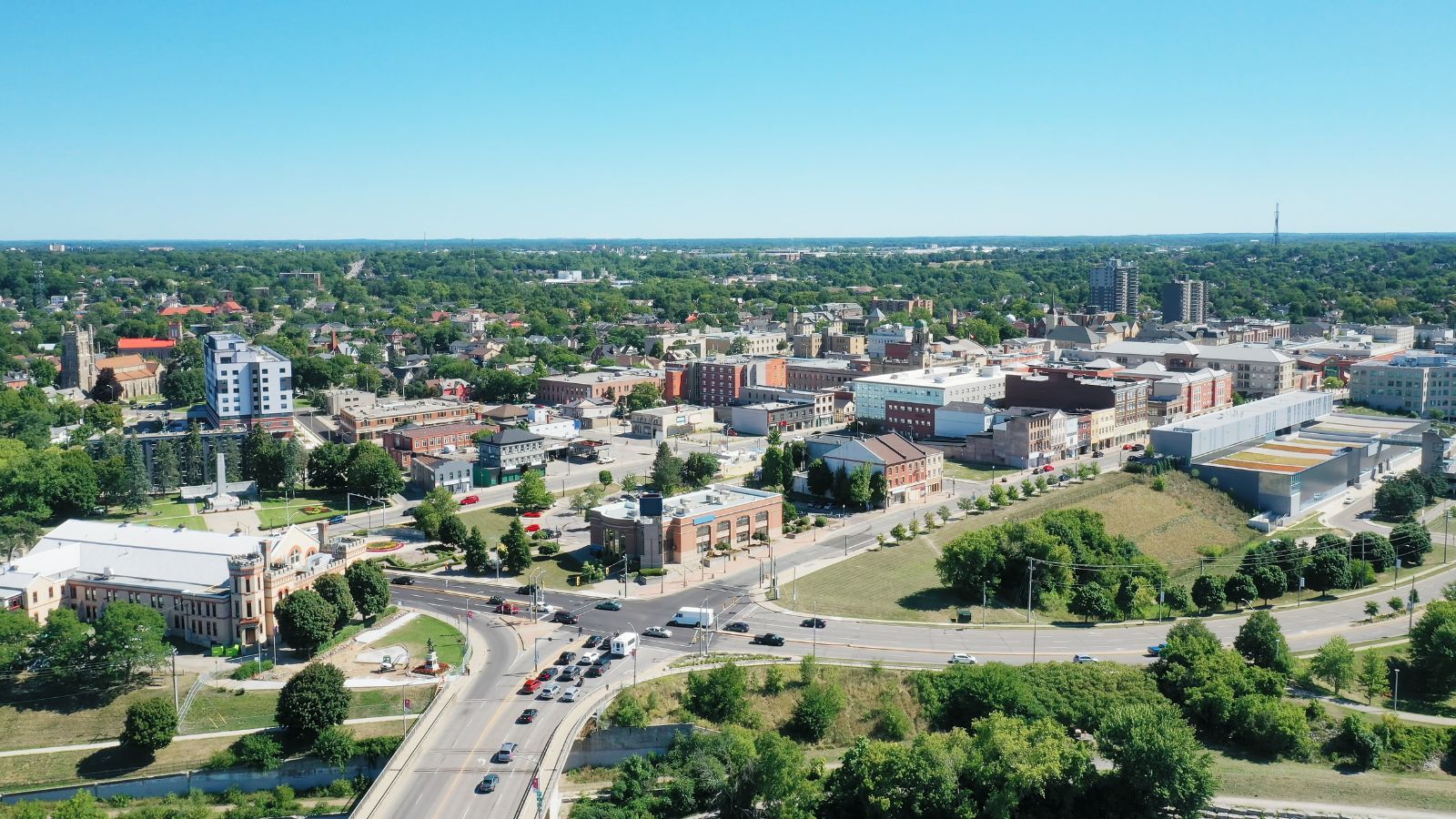
Once known mainly for Wayne Gretzky and its industrial roots, Brantford is quietly becoming a blueprint for smart urban recovery. The city has transformed its downtown with education hubs, creative spaces, and new infrastructure to support business and innovation, and it is attracting tech startups and green manufacturing, thanks in part to its strategic location between Hamilton and Kitchener-Waterloo. With affordable housing and a commitment to inclusive growth, Brantford is poised to absorb population pressure from larger cities while developing its dynamic economy.
Saguenay, Quebec
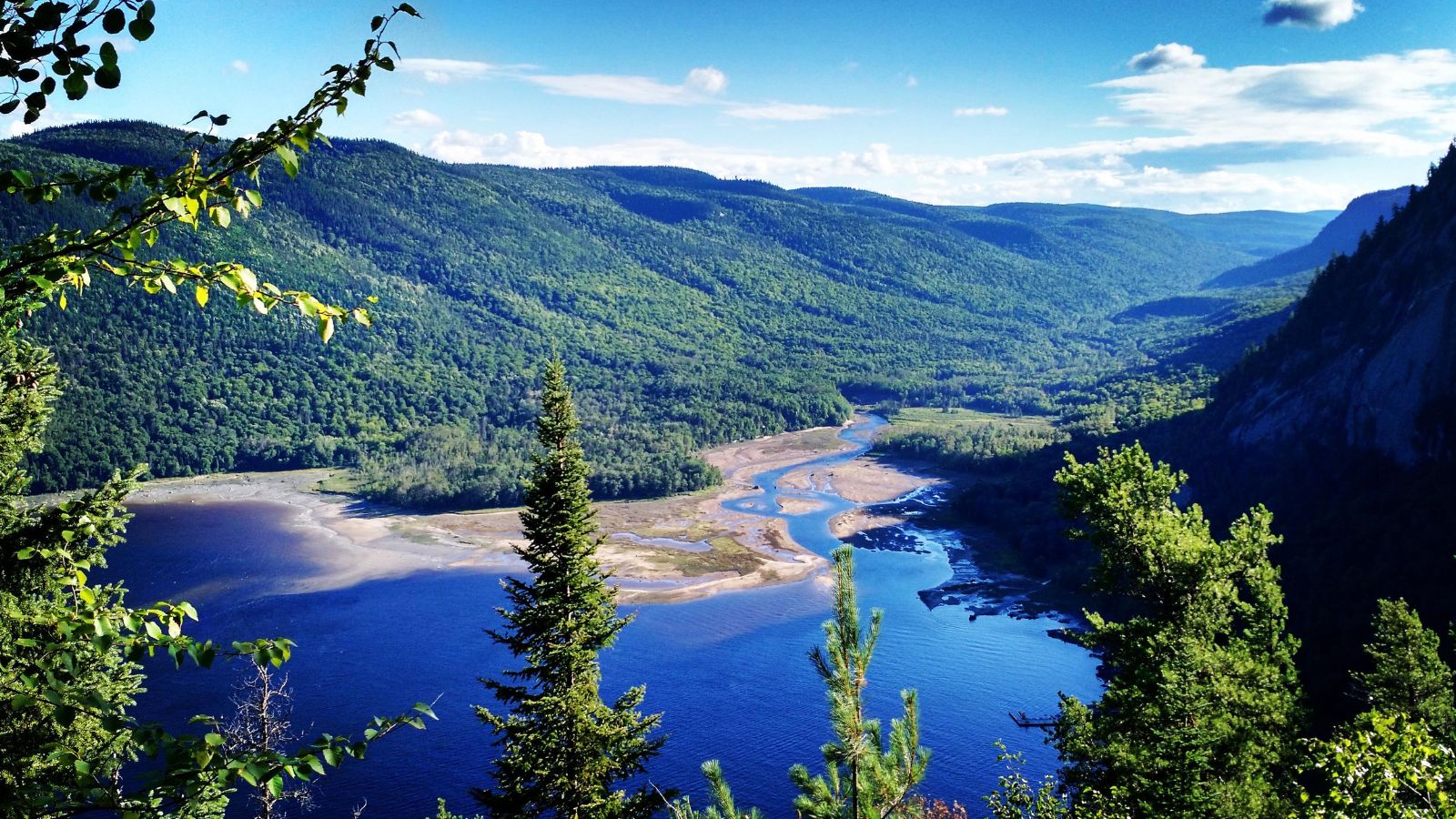
Saguenay, nestled in the heart of Quebec’s boreal forest, is fast becoming a beacon for sustainable development. The city is leveraging its abundant hydroelectric power to attract green industries, including aluminum production, with a lower carbon footprint. With a thriving cultural scene, major investments in tourism, and emerging research in environmental sciences, Saguenay is proving that mid-sized cities can lead the sustainability charge. Its deep connection to nature, paired with technological ambition, positions it as a model for the future where heritage and innovation aren’t at odds, but in harmony.
Prince George, British Columbia
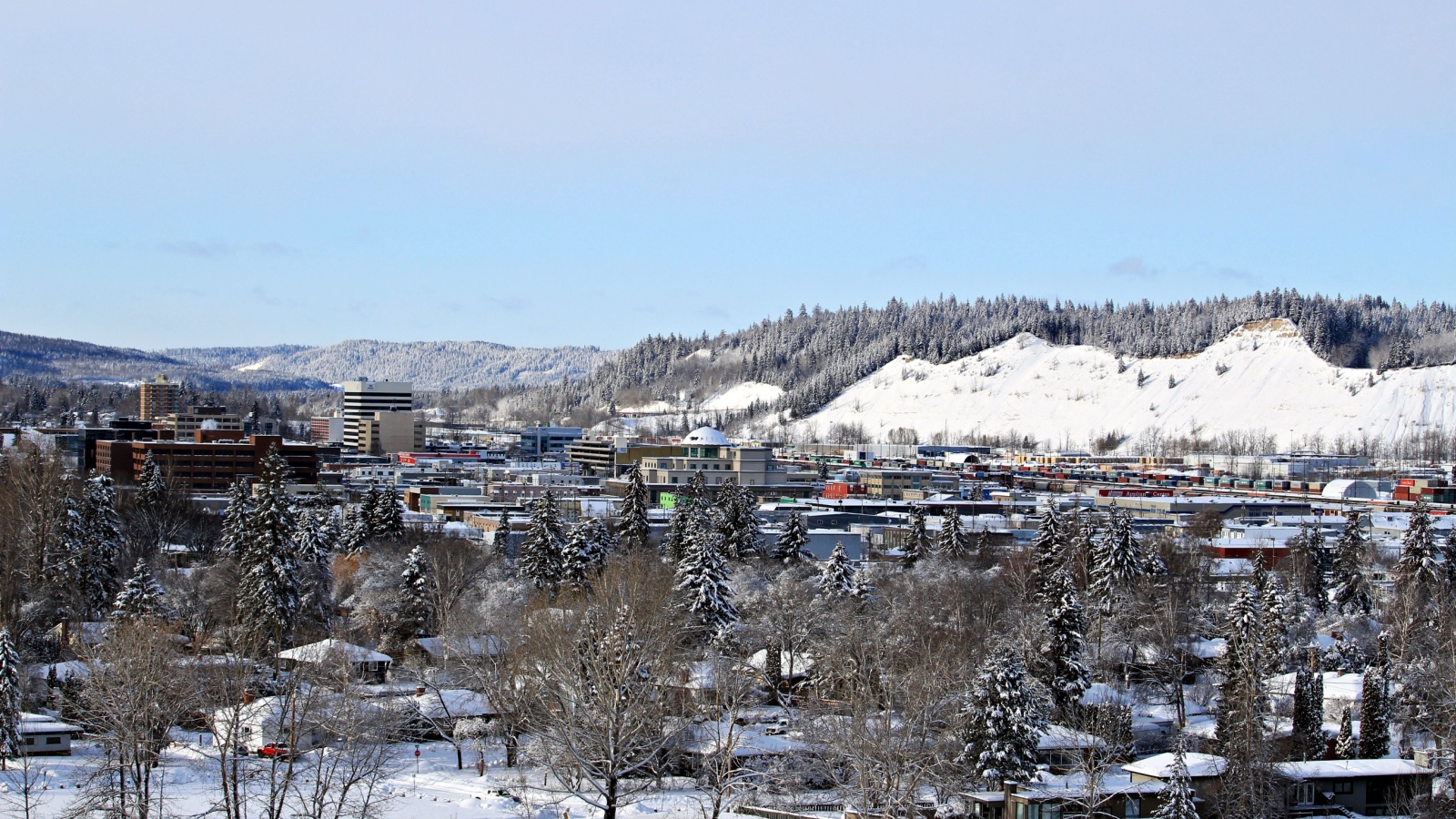
At the crossroads of northern B.C., Prince George is redefining what it means to be a resource town. With bold investments in forest innovation, clean energy, and transportation logistics, it is becoming a key part of Canada’s green economy. The University of Northern British Columbia is leading research into climate change and sustainable development, while housing affordability is attracting a new wave of professionals and remote workers. As southern cities face overcrowding, Prince George is positioning itself as a northern alternative with immense potential, and it is just getting started.
Windsor, Ontario
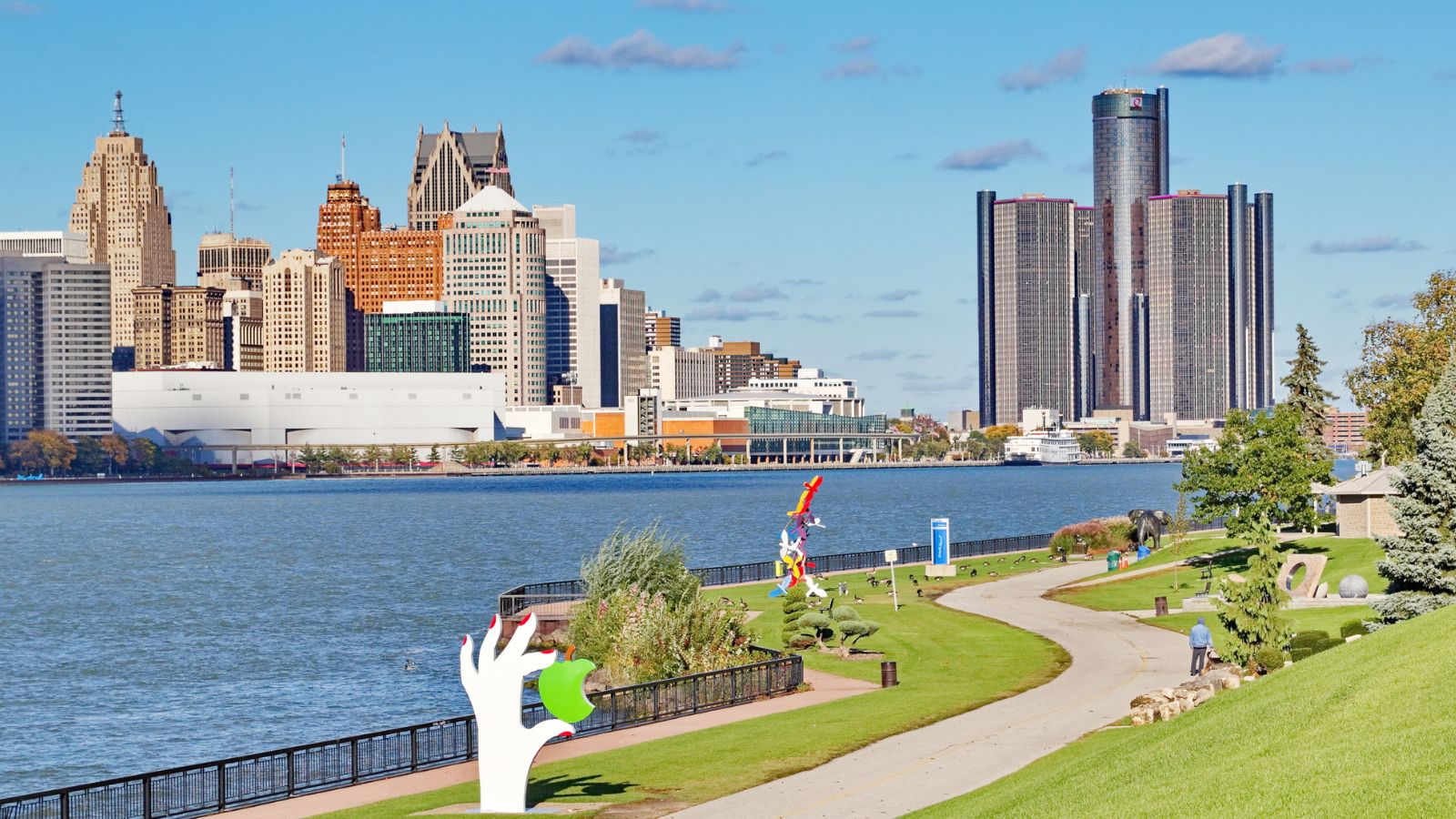
Windsor is undergoing a dramatic transformation from an auto manufacturing stronghold to a hub of electrification and cross-border innovation. With major investments in EV battery production, green automotive supply chains, and research partnerships with Detroit, the city is embracing its role in Canada’s energy transition. Windsor’s binational position gives it strategic advantages in trade, logistics, and advanced manufacturing, and at the same time, urban redevelopment, affordable real estate, and multicultural vibrancy are creating a strong foundation for future growth. The next decade could see Windsor rise as a key player in North America’s clean tech corridor.
21 Products Canadians Should Stockpile Before Tariffs Hit

If trade tensions escalate between Canada and the U.S., everyday essentials can suddenly disappear or skyrocket in price. Products like pantry basics and tech must-haves that depend on are deeply tied to cross-border supply chains and are likely to face various kinds of disruptions
21 Products Canadians Should Stockpile Before Tariffs Hit
